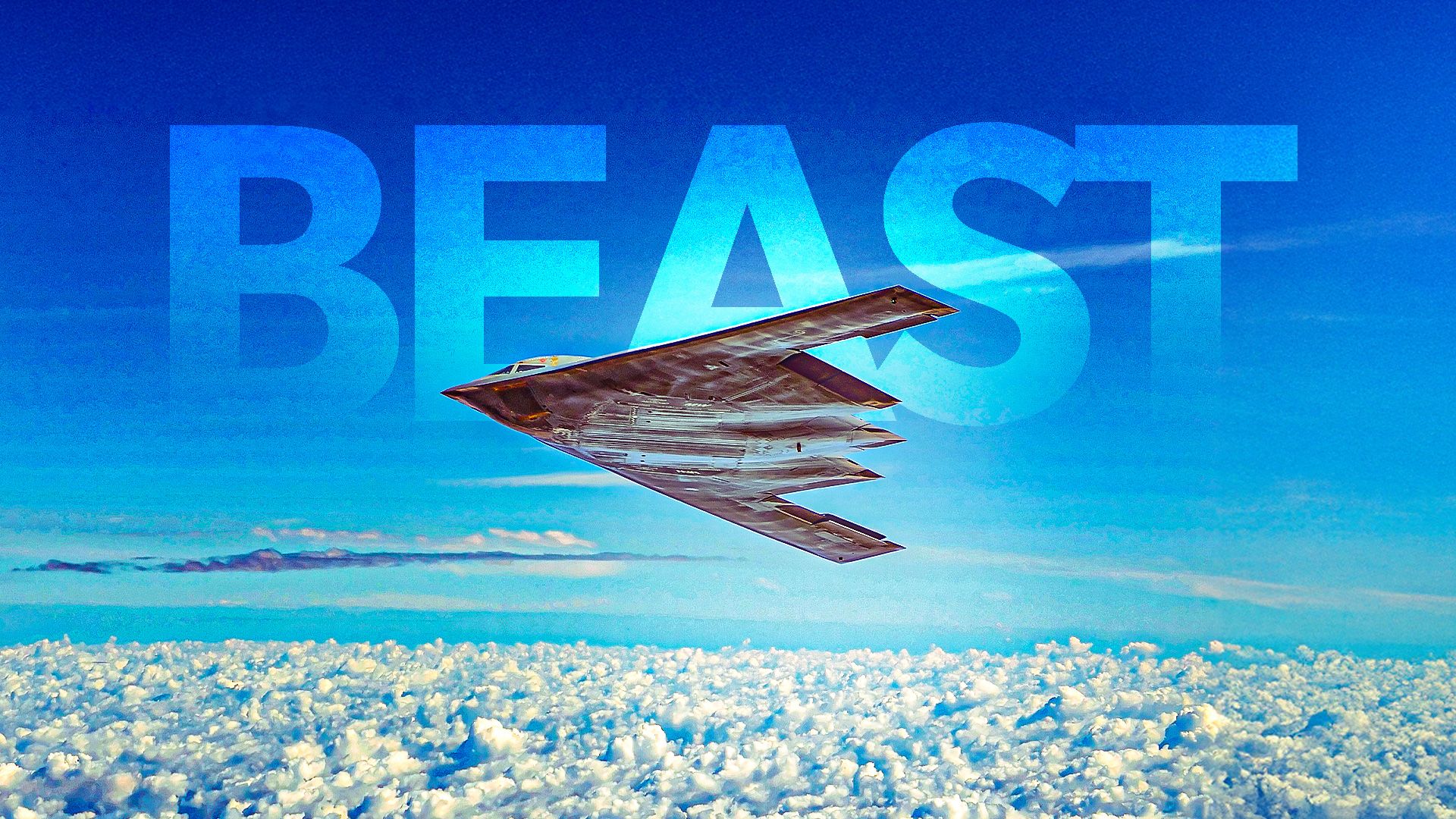The Northrop Grumman B-2 Spirit stealth bomber is recognized as one of the most advanced military aircraft in history. First introduced in the late 1980s, the B-2 has redefined aerial warfare with its unique design and capabilities. This iconic flying wing not only serves as the first true stealth bomber but also represents a significant leap in military aviation technology, creating a benchmark for future strategic aircraft. This article explores seven critical features that illustrate the B-2 Spirit’s unparalleled impact on both the U.S. Air Force and global military aviation.
Pioneering the Flying Wing Design
The B-2 Spirit’s flying wing configuration is a remarkable engineering achievement, blending efficiency with advanced stealth capabilities. This design stems from the vision of Jack Northrop, who conceptualized the flying wing concept decades earlier. His ambition culminated in the B-2, which he lived to see before his passing. The aircraft operates using a sophisticated, computer-controlled flight system, eliminating the need for manual flight control. This system is integral to the aircraft’s performance, although it was involved in a notable crash in Guam due to technical failure.
The B-2’s design incorporates advanced aerodynamic theories made feasible by modern computing and materials science. Its four pairs of split aileron rudders and complex control surfaces operate through a fly-by-wire system, allowing the aircraft to maintain superior stability and maneuverability.
Advanced Engineering and Manufacturing
The B-2 Spirit program has significantly influenced aerospace engineering practices. Northrop Grumman collaborated with various partners to develop cutting-edge technologies and manufacturing processes from the ground up. The program pioneered digital engineering and composite materials, leading to advancements in automated manufacturing.
An extensive systems engineering approach was employed, integrating the U.S. Air Force into the design process. This collaboration ensured ongoing evaluation of performance, costs, and risks. Rigorous testing protocols were established, subjecting the airframe to conditions exceeding 161% of its design specifications. Such innovations have laid the foundation for future stealth aircraft and transformed defense production methodologies.
Global Reach and Endurance
The B-2 Spirit boasts remarkable strategic capabilities, allowing it to strike any target globally from its primary base at Whiteman Air Force Base in Missouri. Its aerodynamic design supports an unrefueled range of approximately 6,000 nautical miles (around 11,000 kilometers). With in-flight refueling from a KC-135 Stratotanker, this range can extend to over 10,000 nautical miles.
The aircraft is operated by a small crew of two, with provisions for extended missions, including a microwave and toilet facilities. This setup enables the B-2 to undertake protracted missions lasting up to 40 hours or more, enhancing its operational flexibility.
Revolutionary Stealth Technology
The B-2 Spirit’s stealth capabilities are a result of its integrated design, which minimizes detectable signatures across various spectrums, including radar and infrared. The aircraft’s flying wing shape eliminates vertical stabilizers, which tend to reflect radar signals, while its smooth surfaces deflect radar waves away from their source.
The airframe is constructed from advanced composite materials and coated with radar-absorbing materials (RAM) to reduce radar visibility. Its engines are embedded within the wings, minimizing both acoustic and infrared signatures, making it exceptionally difficult to detect. Additionally, the B-2 employs electronic countermeasures to manage its electromagnetic emissions, further enhancing its stealth profile.
Multi-role Payload Capabilities
The B-2 Spirit is designed to carry a diverse range of munitions, including both conventional and nuclear weapons, while preserving its stealth profile. With a maximum payload capacity of 40,000 pounds (approximately 20 tons), the aircraft can deliver precision-guided munitions, general-purpose bombs, and specialized “bunker buster” bombs.
Notably, the B-2 is the only operational U.S. aircraft capable of deploying the GBU-57 Massive Ordnance Penetrator, a precision-guided bomb designed to target fortified structures. This versatility enhances the B-2’s strategic value in various combat scenarios.
First-Night Strikes Transforming Military Strategy
The B-2 Spirit’s ability to conduct “first-night, deep-penetration strikes” has transformed modern military strategies. This capability allows the aircraft to penetrate heavily defended airspace undetected during the initial hours of a conflict. By targeting and disabling enemy air defenses on the first night, the B-2 creates safe corridors for follow-up missions by non-stealth aircraft.
The B-2 made its combat debut during Operation Allied Force in 1999, successfully targeting critical military infrastructure over Yugoslavia. It again demonstrated its effectiveness in Operation Iraqi Freedom in 2003, playing a crucial role in the initial “shock and awe” campaign.
Record-Setting Combat Missions
The B-2 Spirit has consistently achieved remarkable operational milestones. During Operation Allied Force, B-2 aircraft flew less than one percent of total missions but were responsible for approximately 33 percent of all Serbian targets destroyed in the first eight weeks. These missions included non-stop flights exceeding 30 hours, demonstrating the aircraft’s endurance and operational capability.
In the aftermath of the September 11, 2001, attacks, six B-2 bombers participated in the opening strikes of Operation Enduring Freedom in Afghanistan, achieving over 70 consecutive hours of operational flight time. The aircraft “Spirit of America” notably completed a 44-hour nonstop mission, delivering precision strikes against key Taliban and al-Qaeda targets.
The B-2 Spirit remains an unparalleled asset in the U.S. defense arsenal, showcasing unmatched stealth, power, and operational reach. Its innovative design and capabilities continue to influence modern military aviation and strategy, solidifying its place as a cornerstone of U.S. air power.
